12 Arthritis and Pain Management Tips
Do you often get pain at your joints? Pain and discomfort are often side effects of over exercise or arthritis. It is important to distinguish between pain that is acute and transient normal and pain that is abnormal.
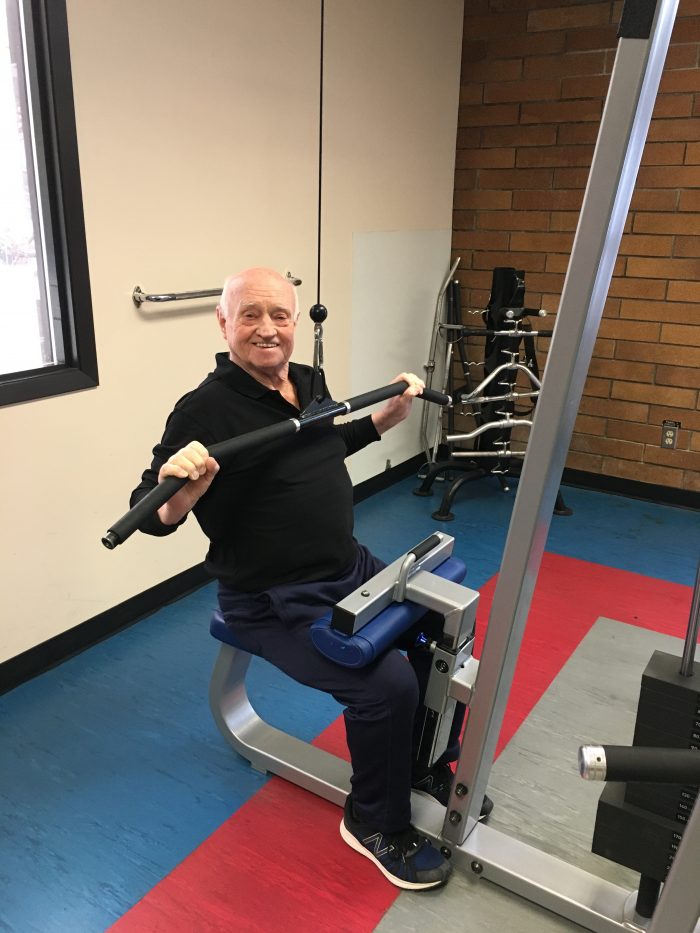
With physical activity it is normal to feel some discomfort and soreness but not extreme pain. There are different technics you can use to reduce minor muscle and joint pain, stiffness, discomfort, and inflammation. Read the 12 tips below.
- If you feel stiff in the morning, have a hot shower or a bath. Other options are to use a heating pad, electric blanket, or a hot towel on sore joints prior to exercise. Heat helps to decrease pain and stiffness and makes exercise easier to perform.
- Use the 2-hour pain rule: if you feel pain 2 hours after exercise then it is an indication that you have overexerted yourself and therefore the workload or intensity your exercise is inappropriate and should be moderated.
- You also need to listen your own body and pain tolerance, especially when executing exercise in a group. Keep in mind that everybody has different fitness levels and pain tolerances.
- Join my Arthritis/Osteofit classes here.
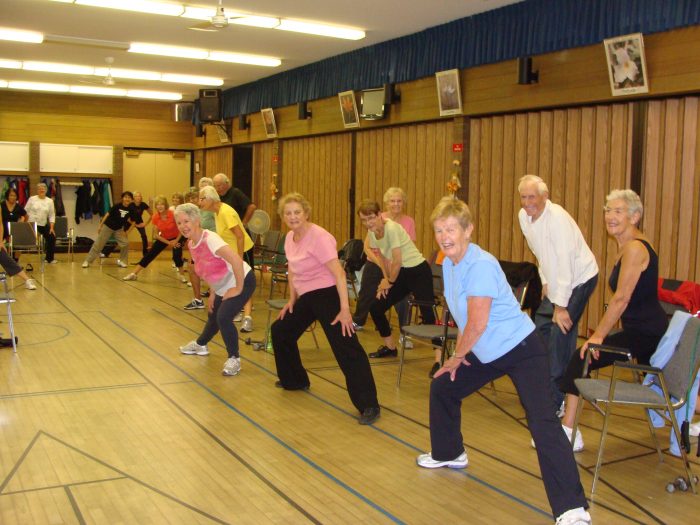
- Progress slowly and modify when necessary. For example, you can decrease repetitions and speed of the movement when appropriate or use both legs (squat) instead of doing lunges which are harder on the front knee.
- Use proper form, body mechanics, and avoid quick directional changes.
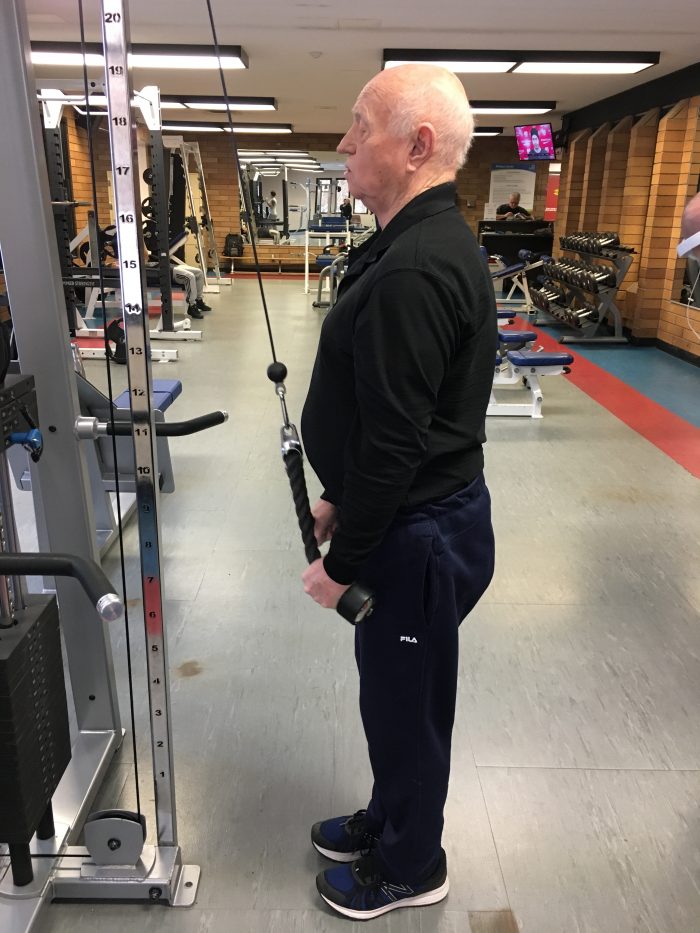
- There are also tricks to protect your joints. Here is how:
- Avoid positions that compromise the joint.
- Use joint-stabilizing positions when appropriate (e.g., use a fisted-hand position versus a flat-palm position when the wrist is extended at 90 degrees).
- Use stronger and larger joints for support when possible.
- Avoid being in one position for a prolonged time periods (e.g., avoid sitting for too long).
- Conserve energy. You don’t need to clean your house in one day. Do a little at a time.
- Avoid overexertion or overloading joints.
- Use adaptive equipment if necessary.
- Here is where to shop in kelowna.
- Stop any movement at the point of experiencing pain.
- Non-weight-bearing activities such as aquatic exercise, rowing OR cycling may be better for you if pain persists for a longer period. Activities that use smooth, repetitive motions such as walking, cross-country skiing, biking, upper body ergometry, elliptical training and swimming may be well tolerated and offer good alternative to more vigorous exercise.
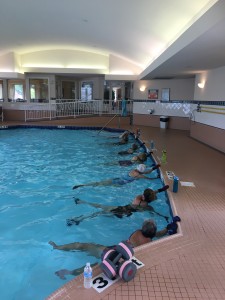
- Include flexibility and relaxation in your exercise program. These reduce muscular tension and smooth muscles and joints. In case of flare-up or a bad day, relaxation and gentle stretching, like chair yoga or yoga, may be all that is indicated.
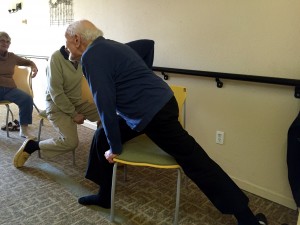
- Avoid becoming chilled during the after exercise cool down. This leads to increased muscle tension: bring a sweater or a blanket to execute the flexibility or relaxation portions at the end of your exercise program.
- Appropriate footwear is essential, not only for injury prevention, but for comfort. I usually say to my clients that when shoes are getting yellow (dirty) it is time to invest for a new pair because the cushions on the bottom of them are too compressed and do not absorb shocks anymore which leads to feel discomfort or pain in the knees. Here are some points to consider for your next purchase: a wide toe box for comfort; a wide sole for stability; extra cushioning and/or depth for accommodating inserts (orthotics); and Velcro for ease of use.
- Read more: Choosing the Right Shoes for You and When to Replace Your Running Shoes by ASFA
- Consider the best time of day to exercise. Usually people with rheumatoid arthritis and ankylosing spondylitis tend to be less stiff and sore later in the day while those with osteoarthritis may be better able to tolerate exercise in the morning.

- Use your medication properly. Refer to your physician when needed or visit the Arthritis Society.
Keep moving and smiling. Exercise is your best medicine and a positive attitude also help with pain management.
Read more:
Living with Arthritis. Free Video: Exercise to do to Decrease Pain at Your Fingers
9 Nutrition Tips to Help with Your Arthritis
Type of Physical Activities for People with Arthritis, Osteoporosis, Rheumatoid Arthritis
Osteoarthritis and Weight Loss
2 important food groups you should eat if you have arthritis/osteoporosis
